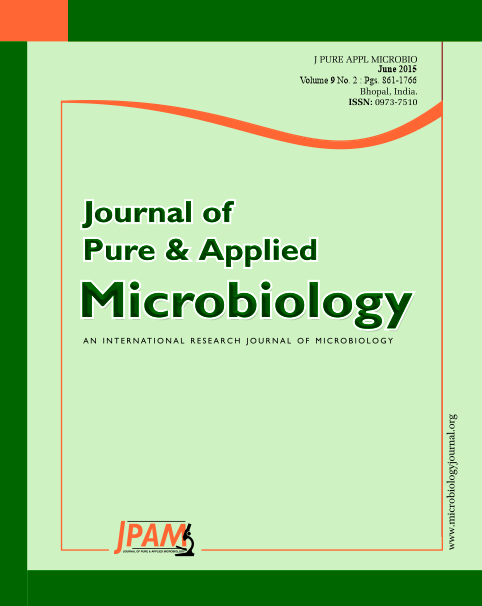Heavy metals pollution in the environment due to coal fly ash generated from thermal power stations posses significant global problem and necessitate definitive remediation measurement. Due to its excessive use and dumping, at high concentrations, they become toxic to both human and microbes. Bacteria have evolved mechanisms to adapt in heavy metals contaminated environments and thus represent a potential source for bioremediation processes. In the present study soil samples were collected from the vicinity around selected thermal power stations of Chhattisgarh and Maharashtra state in India. Ten heavy metals, Cr, Cu, Ni, Co, Cd, Mn, Pb, Hg, Fe and Zn were tested. The statistical analysis of test samples revealed considerably high levels of Cd, Pb and Hg. A total of 49 strains were isolated from soils from different sampling locations and 19 strains were found tolerant for Cd, Pb and Hg. The maximum tolerable concentrations (MTCs) of Cd, Pb and Hg for each isolate were determined. Observed maximum MTCs were 800 ppm for Cd, 900 ppm for Pb and 900 ppm for Hg. Plasmids of sizes approx 12, 1.3 and 0.9 kb were detected in most bacterial strains with resistance to Cd, Pb and Hg.
Heavy metals, Metal Resistant Bacteria, Plasmids, 16SrDNA, Coal fly ash
© The Author(s) 2015. Open Access. This article is distributed under the terms of the Creative Commons Attribution 4.0 International License which permits unrestricted use, sharing, distribution, and reproduction in any medium, provided you give appropriate credit to the original author(s) and the source, provide a link to the Creative Commons license, and indicate if changes were made.


